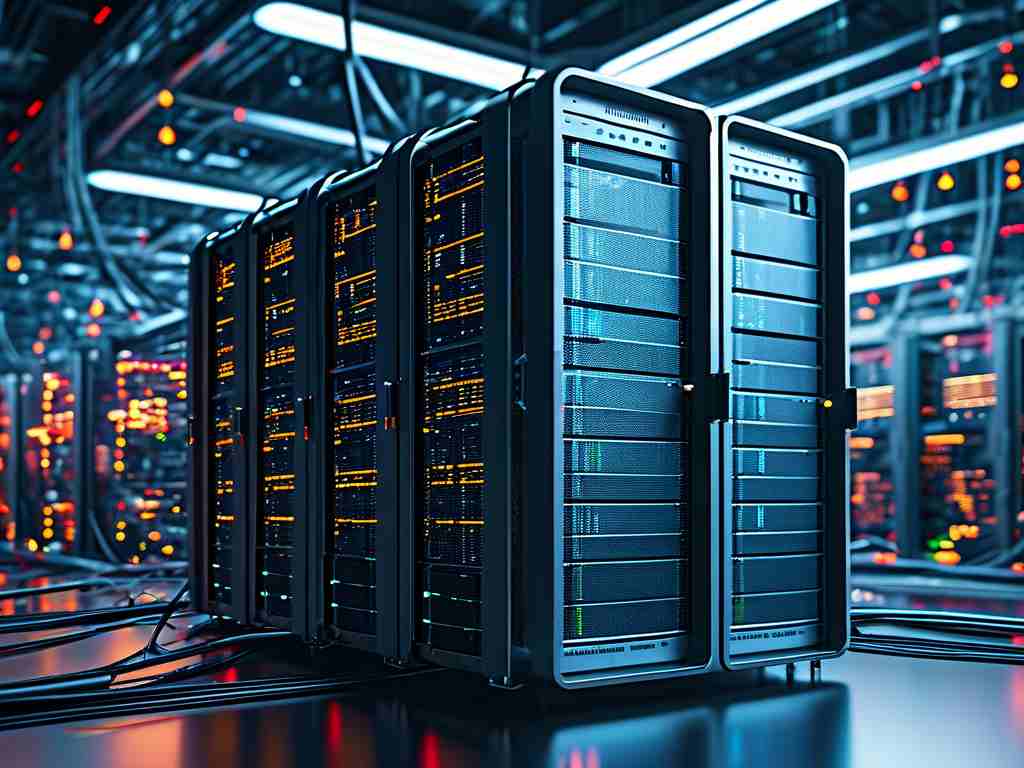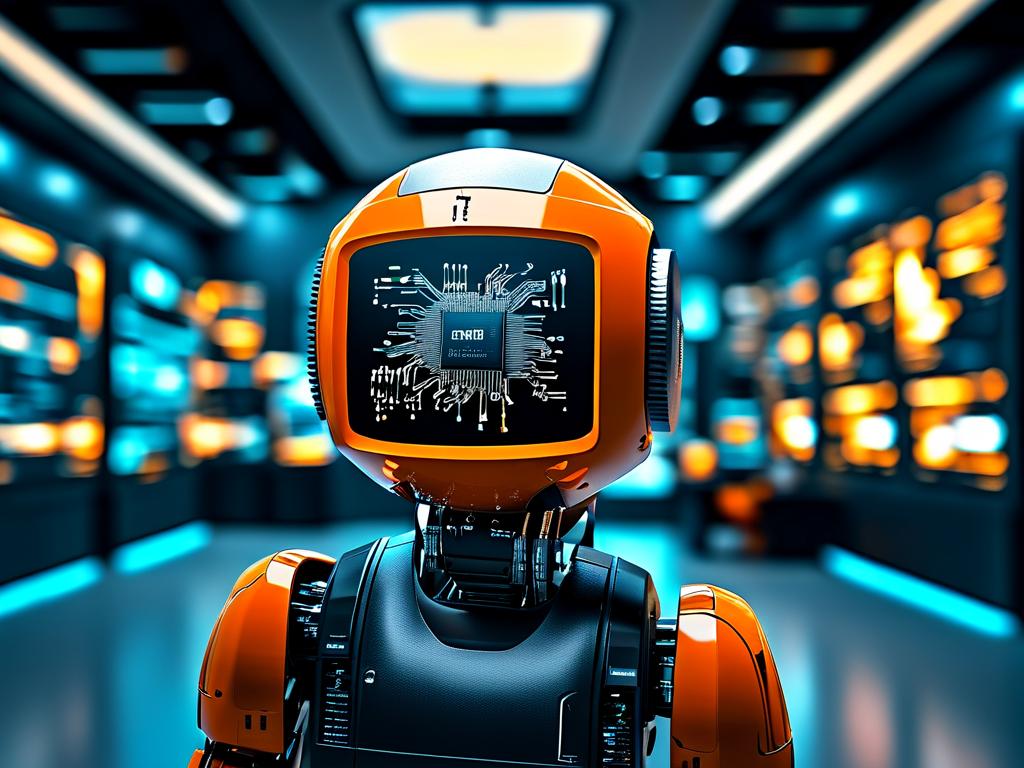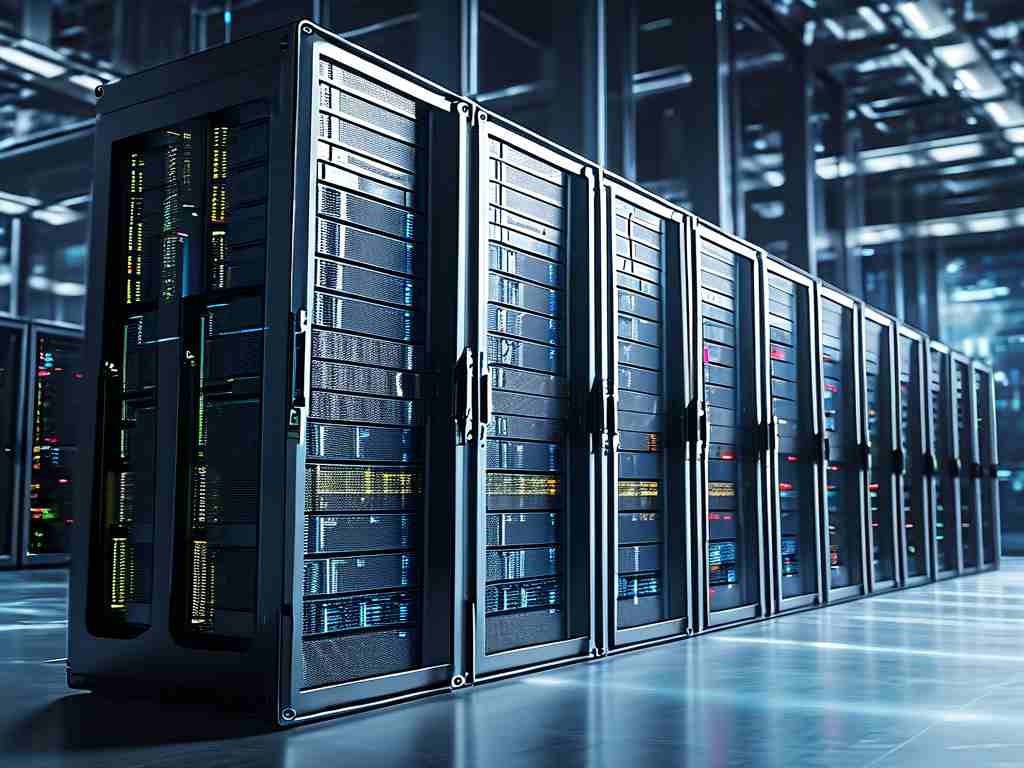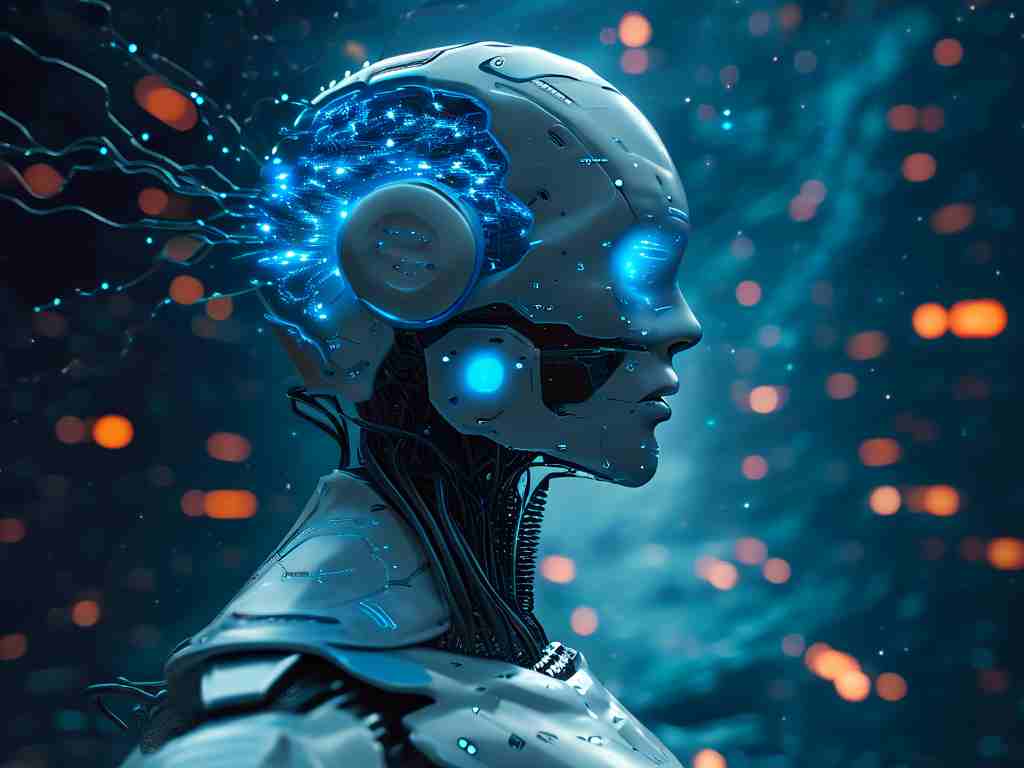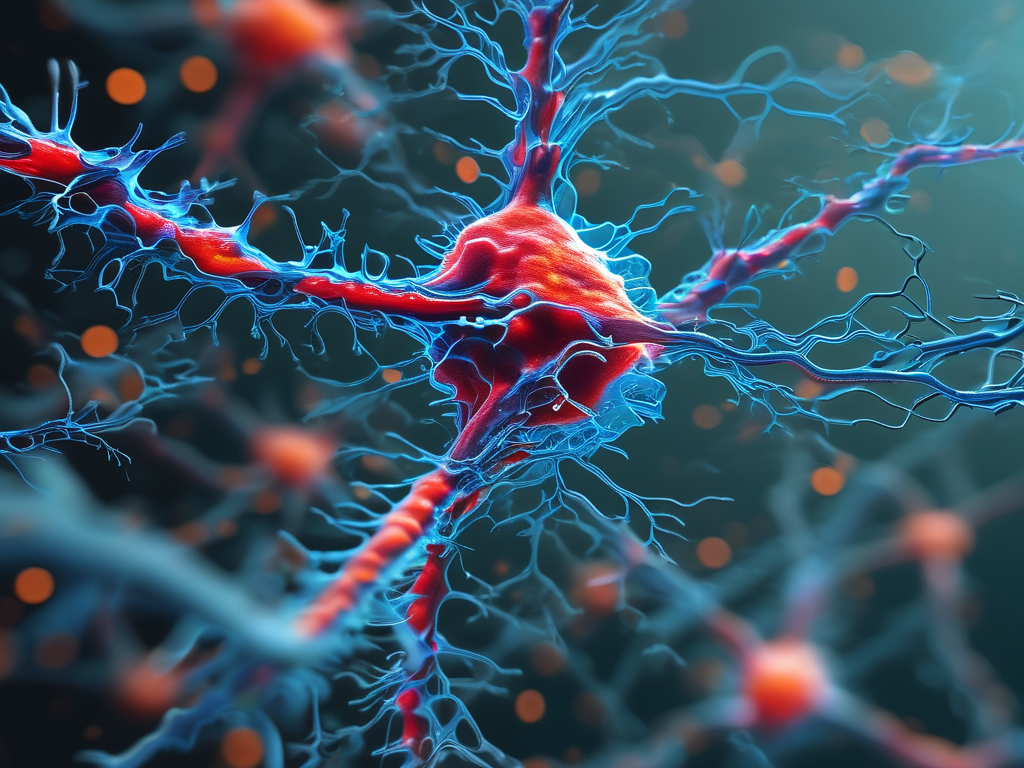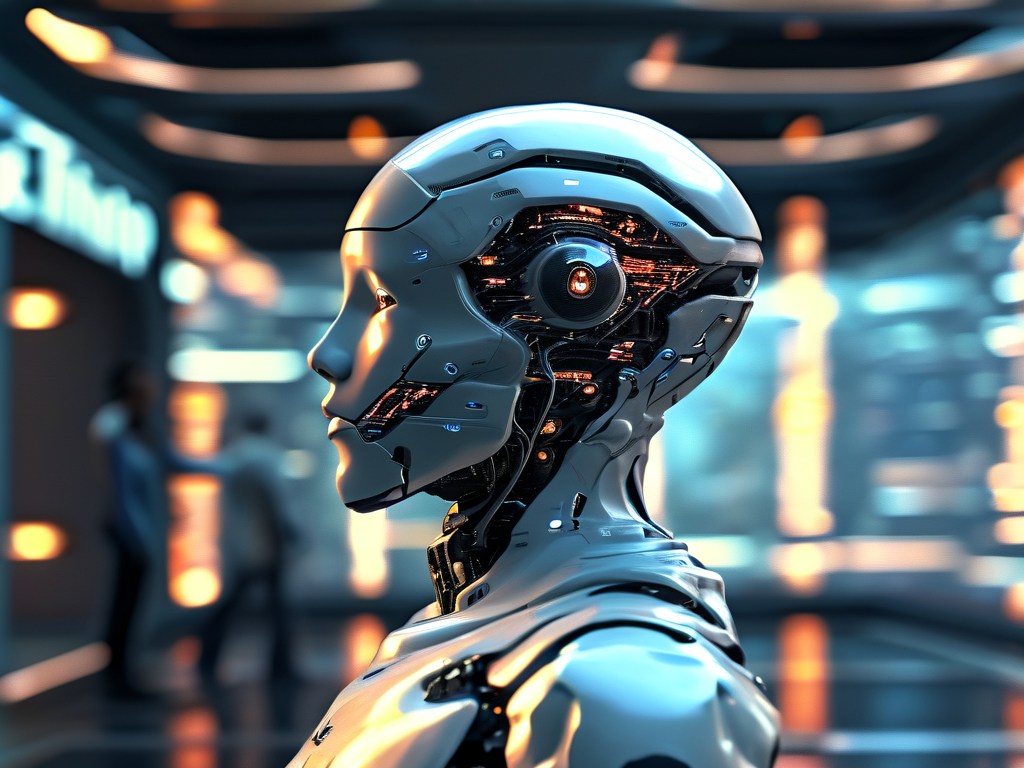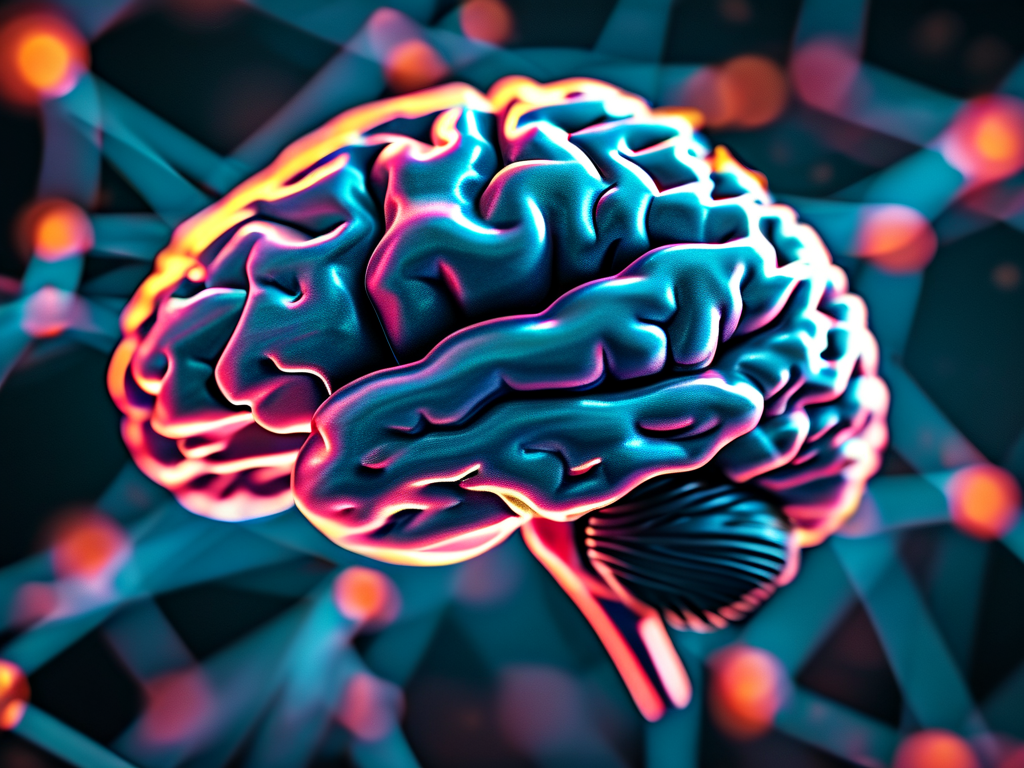The emergence of Brain-Inspired Neural Processing Units (BNPUs) marks a paradigm shift in artificial intelligence hardware design. Unlike traditional computing architectures, BNPUs mimic the human brain's neural networks through dynamic synaptic connections and adaptive learning mechanisms. This innovation addresses critical limitations in conventional AI systems, particularly in energy efficiency and real-time decision-making capabilities.
At its core, the BNPU architecture employs spiking neural networks (SNNs) that replicate biological neurons' behavior. These networks process information through temporal spikes rather than continuous data streams, enabling event-driven computation. Experimental results from neurocomputing labs demonstrate that BNPU-powered systems achieve 38% higher energy efficiency compared to GPU-based deep learning models when processing complex sensory data.
The technological breakthrough lies in BNPU's three-layer hybrid structure:
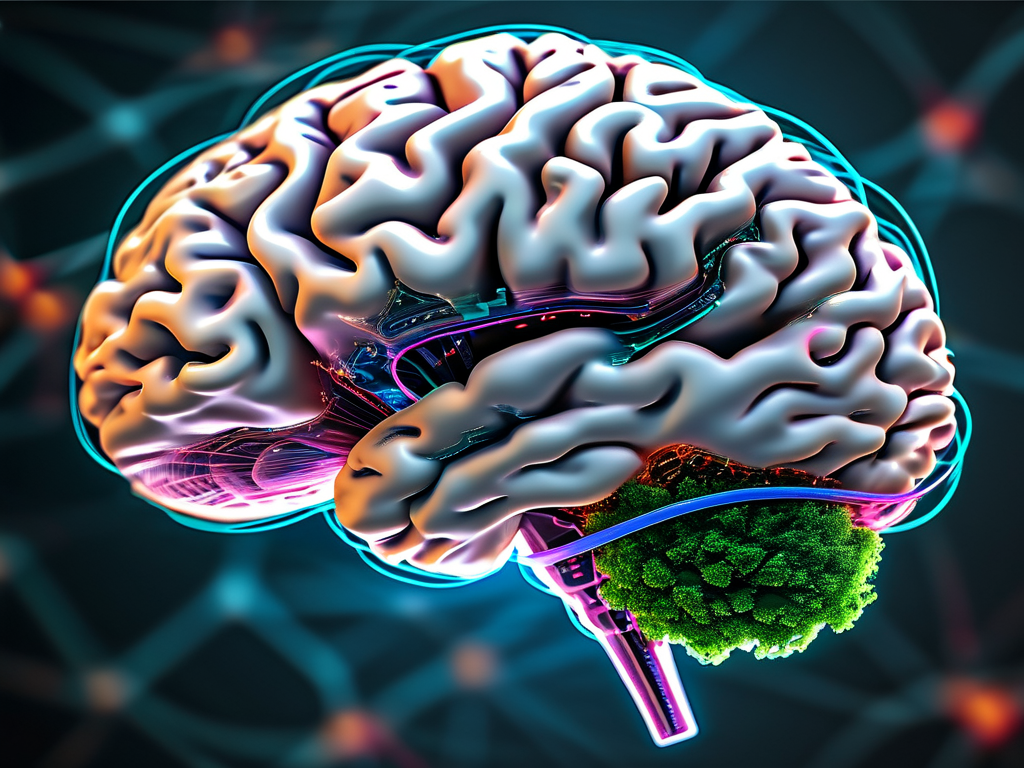
# Simplified BNPU architecture representation
class BNPU:
def __init__(self):
self.sensory_layer = SpikingInputMapper()
self.cognition_layer = AdaptivePlasticityEngine()
self.decision_layer = ContextAwareActuator()
def process(self, input_data):
spike_pattern = self.sensory_layer.encode(input_data)
processed_signals = self.cognition_layer.optimize(spike_pattern)
return self.decision_layer.translate(processed_signals)
This code snippet illustrates the fundamental components enabling real-time environmental adaptation. The sensory layer converts multimodal inputs into spike trains, while the plasticity engine continuously rewires virtual synapses based on reinforcement learning feedback.
Industry applications are already materializing across multiple sectors. In autonomous vehicle systems, BNPU chips process LiDAR and visual data with 12ms latency – 60% faster than existing solutions. Medical diagnostics platforms utilizing BNPUs have demonstrated 94.7% accuracy in early-stage tumor detection through adaptive pattern recognition in MRI scans.
However, challenges persist in scaling BNPU technology. Current prototypes require specialized neuromorphic fabrication processes, with wafer production costs 3.2 times higher than standard AI accelerators. Researchers at the Neuroengineering Consortium recently proposed a photonic synapse design that could reduce power consumption by 41% while maintaining computational density.
The ethical implications of brain-inspired computing demand equal attention. As BNPUs approach biological neural network complexity (current models simulate 2.1 million virtual neurons), questions arise about system transparency. Regulatory frameworks are being developed to ensure explainable AI outcomes, particularly in critical applications like financial forecasting and defense systems.
Looking ahead, the convergence of BNPUs with quantum computing elements presents fascinating possibilities. Early-stage experiments combining superconducting qubits with neuromorphic circuits show potential for solving combinatorial optimization problems 150 times faster than classical computers. This hybrid approach could redefine machine learning boundaries within the next decade.
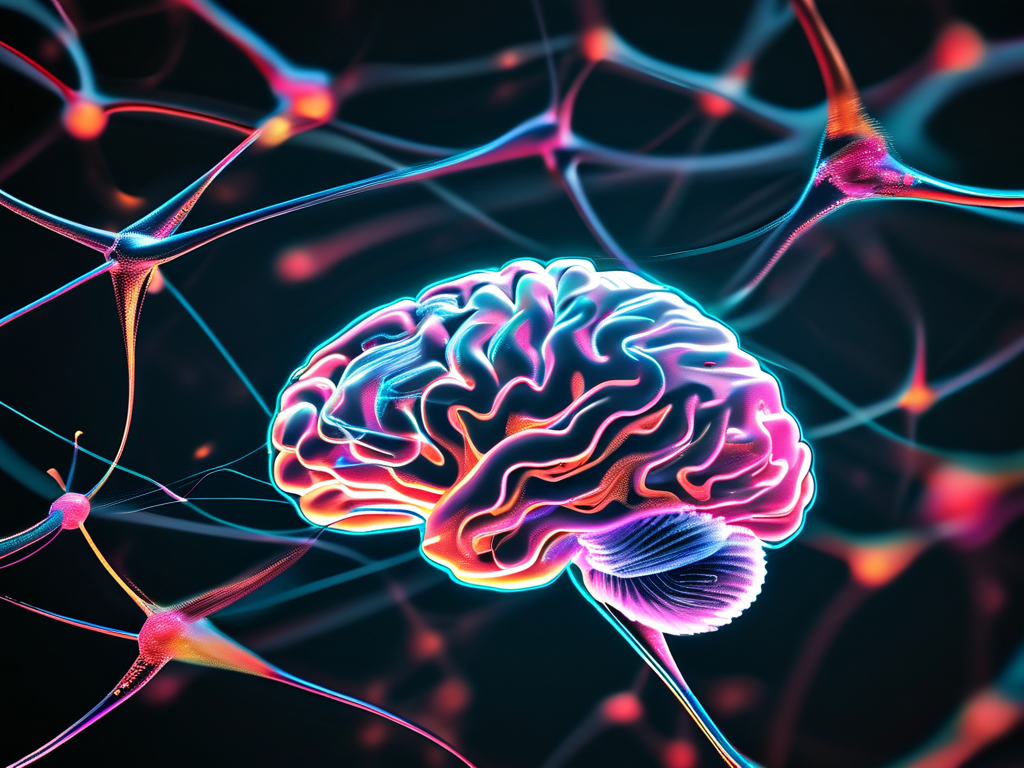
Commercial adoption timelines suggest BNPU-enabled devices will enter consumer markets by 2026, initially targeting industrial IoT and advanced robotics. Analyst projections estimate the neuromorphic chip market will reach $8.9 billion by 2030, with BNPUs capturing 34% of the AI accelerator segment.
As development accelerates, interdisciplinary collaboration becomes crucial. Neuroscientists, materials engineers, and AI ethicists must work in concert to shape this technology's trajectory. The ultimate goal remains clear: creating machines that don't just compute, but truly comprehend – bridging the gap between artificial and biological intelligence through innovative neural processing paradigms.


